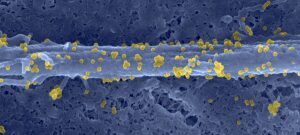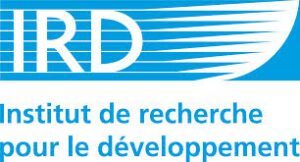An integrative approach to understand and fight infectious encephalitis in children
An encephalitis is an acute inflammation of the central nervous system associated with neurologic dysfunction. The most common etiologies are infections by bacteria or viruses. In Asia, infectious encephalitis is major public health concern, as acute encephalitis are among the most frequent and severe causes of pediatric hospitalization (dengue virus, Japanese encephalitis virus, EV71 virus). Despite extensive microbiological investigations and the use of the most advanced molecular biology-based assays, encephalitis etiologies remain unknown in close to half of cases.
The SEAe (SouthEast Asia encephalitis) program has been launched to address the public health and research issues raised by infectious encephalitis in Southeast Asia. This major inter-organizational and multidisciplinary initiative involves so far four Southeast Asian countries (Cambodia, Laos, Vietnam and Myanmar), and France. It has the following objectives:
- To strengthen hospital capacities to improve diagnosis and care for patients with encephalitis
- To fill-in the biomedical knowledge gaps regarding encephalitis (e.g. pathophysiology, long‐term sequelae, …)
- To gather comprehensive data on well-characterized and unusual pathogens responsible for encephalitis
- To identify previously unknown pathogens responsible for encephalitis
- To identify and analyze factors related to clusters of encephalitis cases, integrating human health, animal health and environment through a One Health approach
- To provide reliable information and a sustainable regional and sub-regional surveillance network to clinicians and public health authorities that will help better define prevention policies, vaccination strategy, and build preparedness to emerging infectious risks























